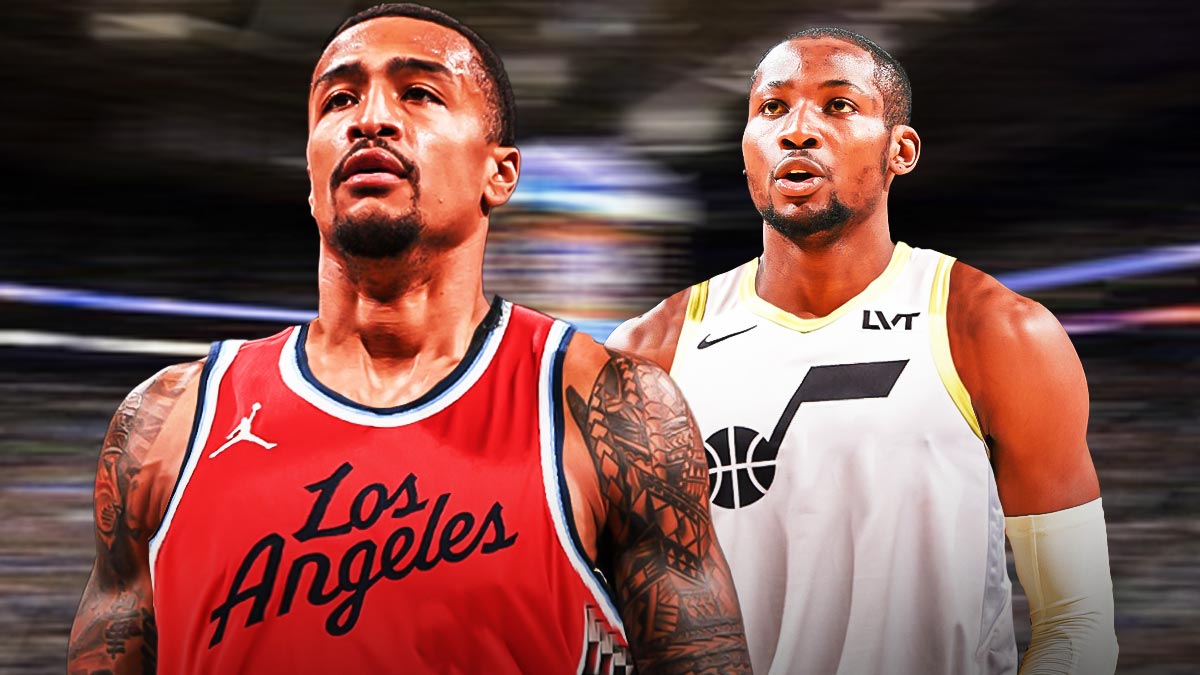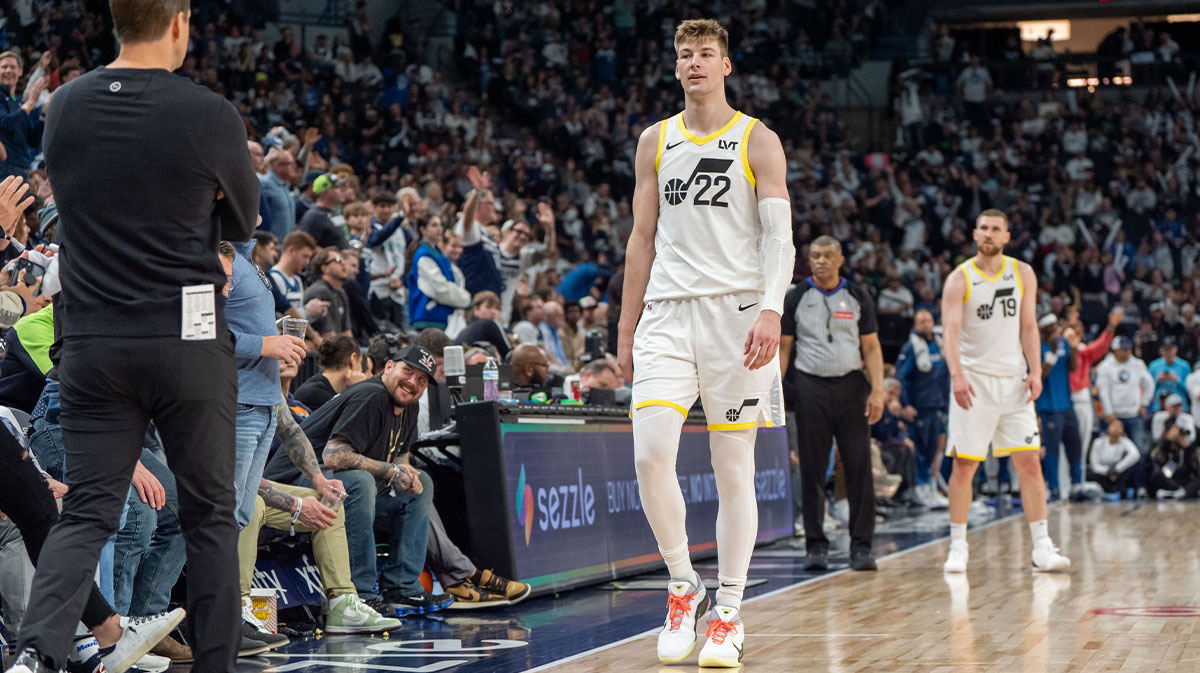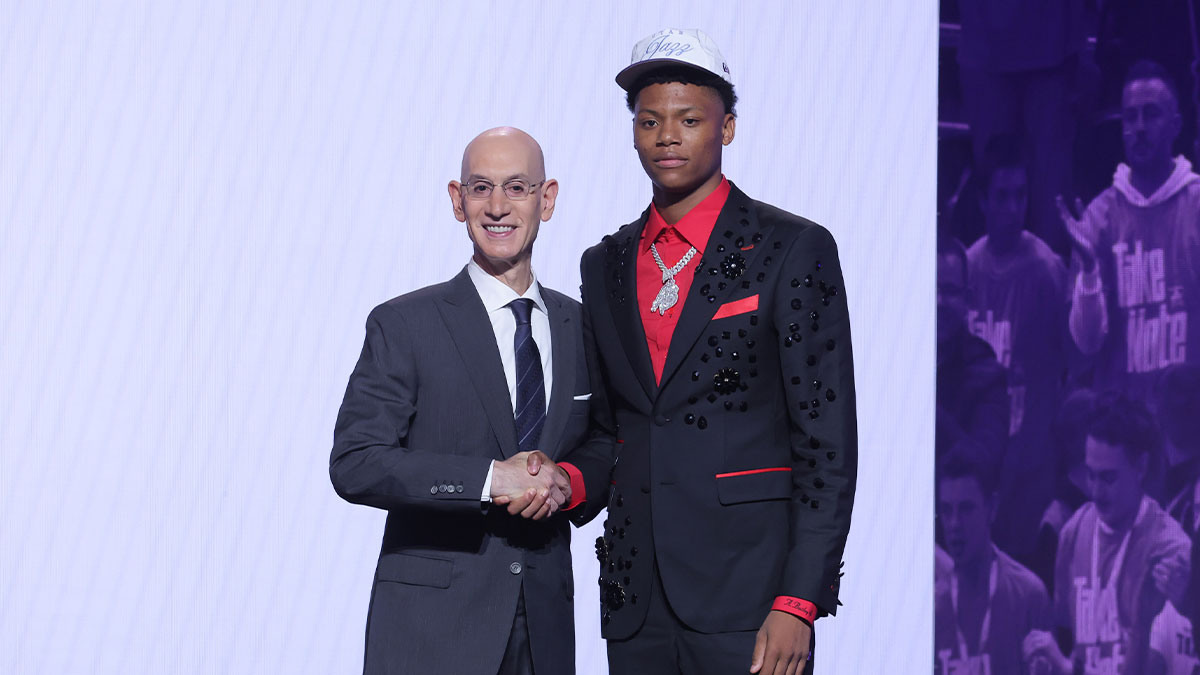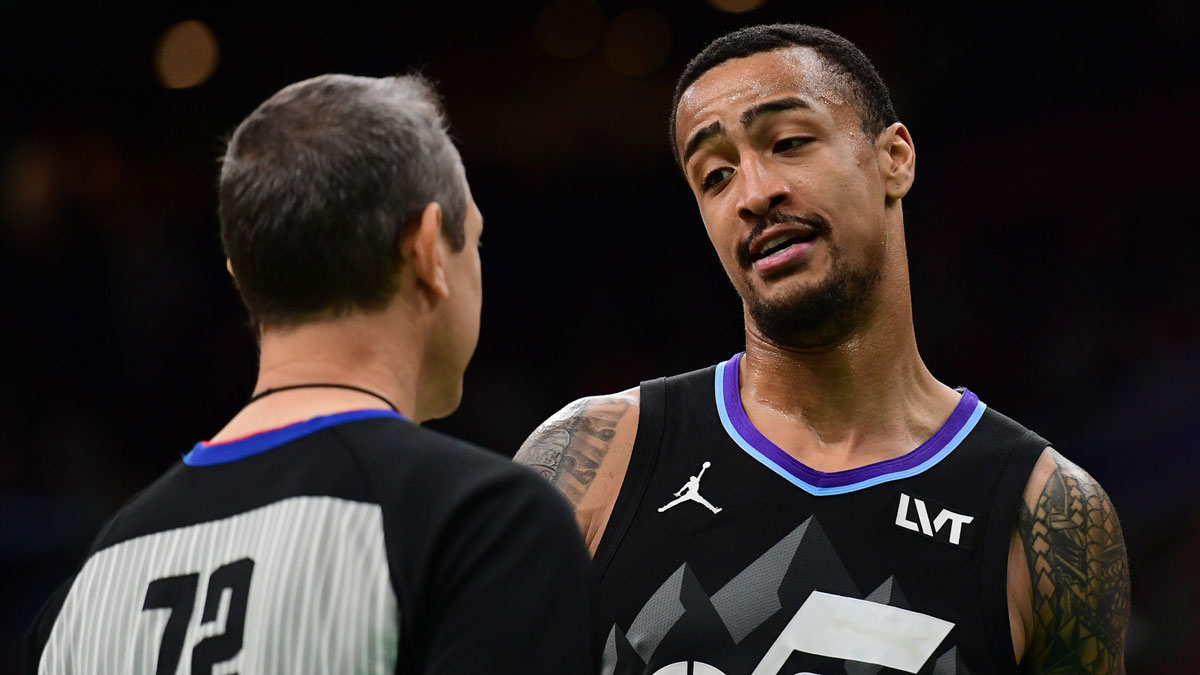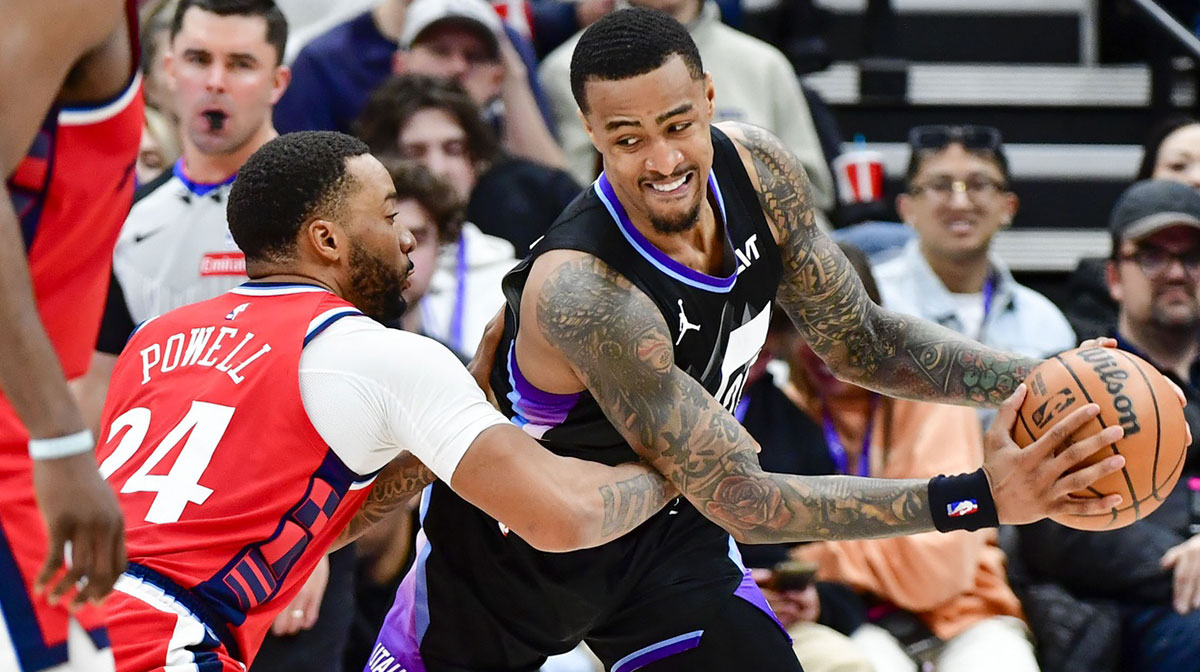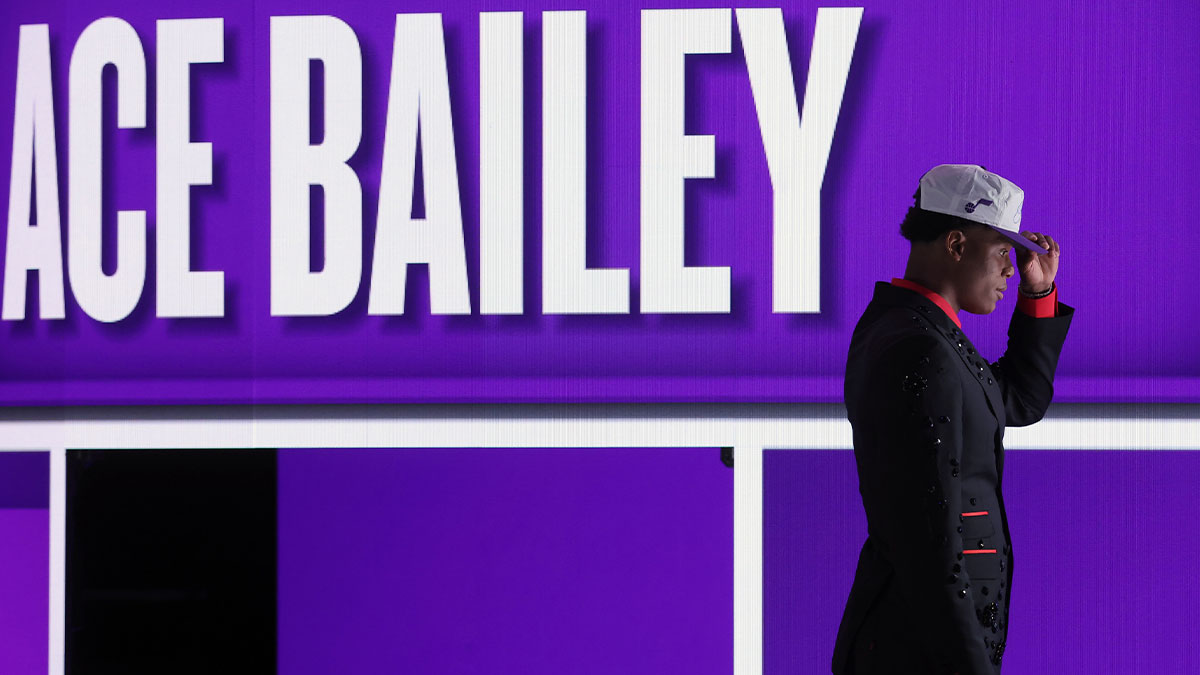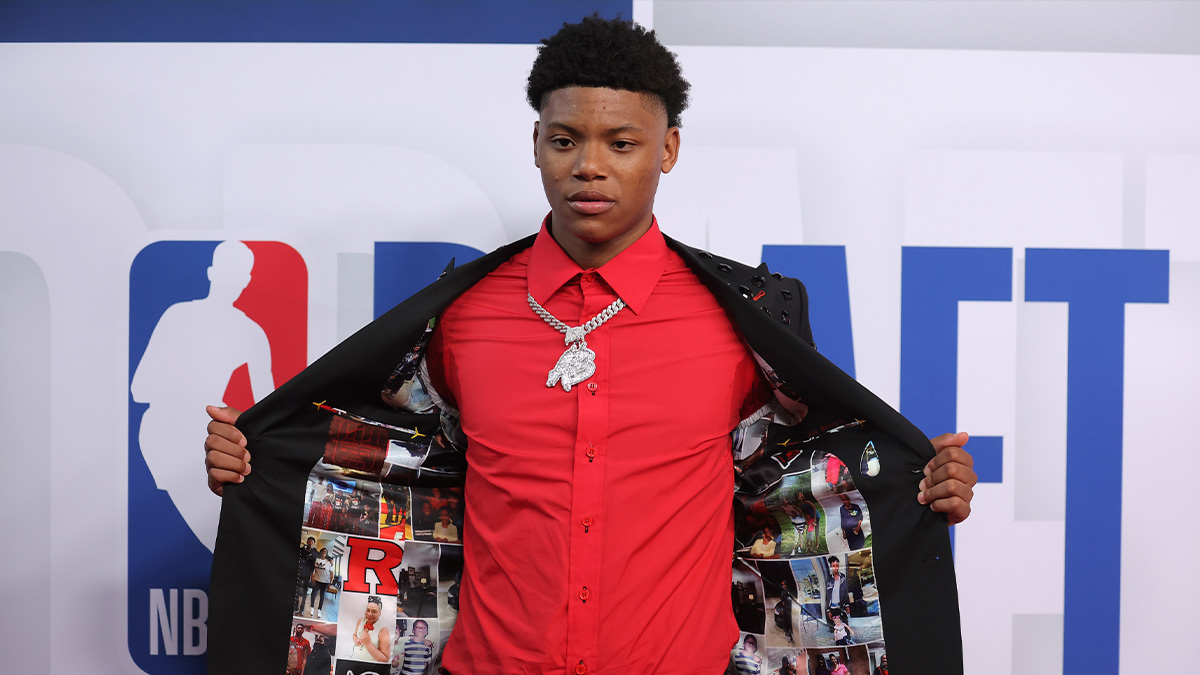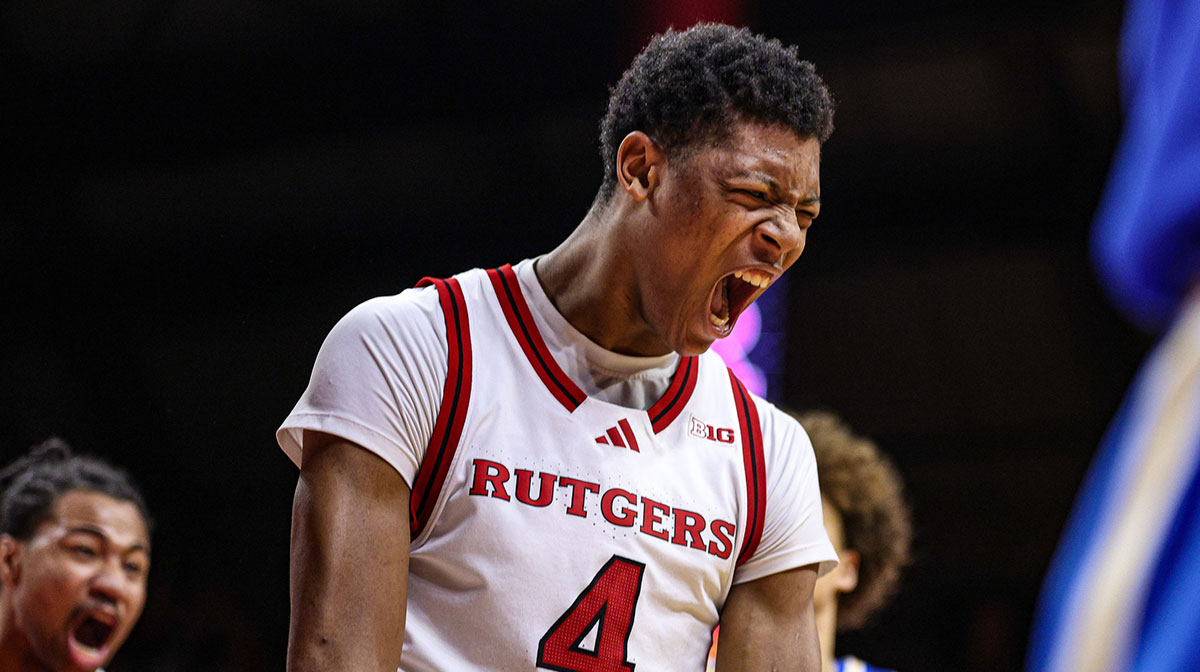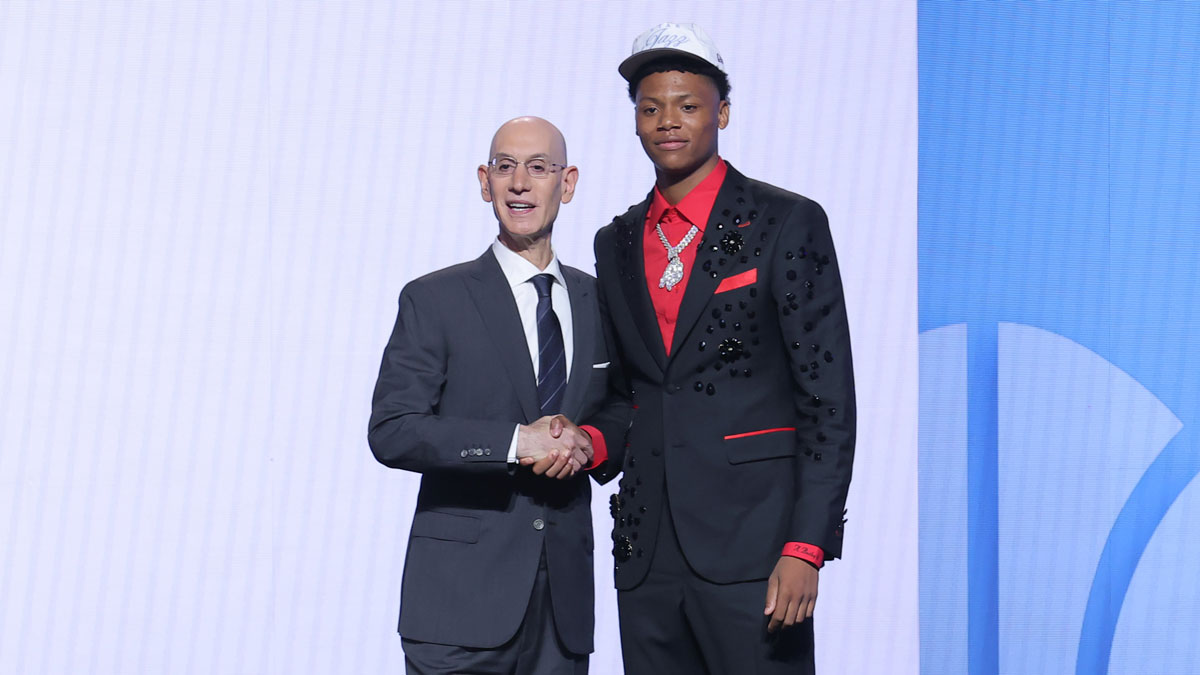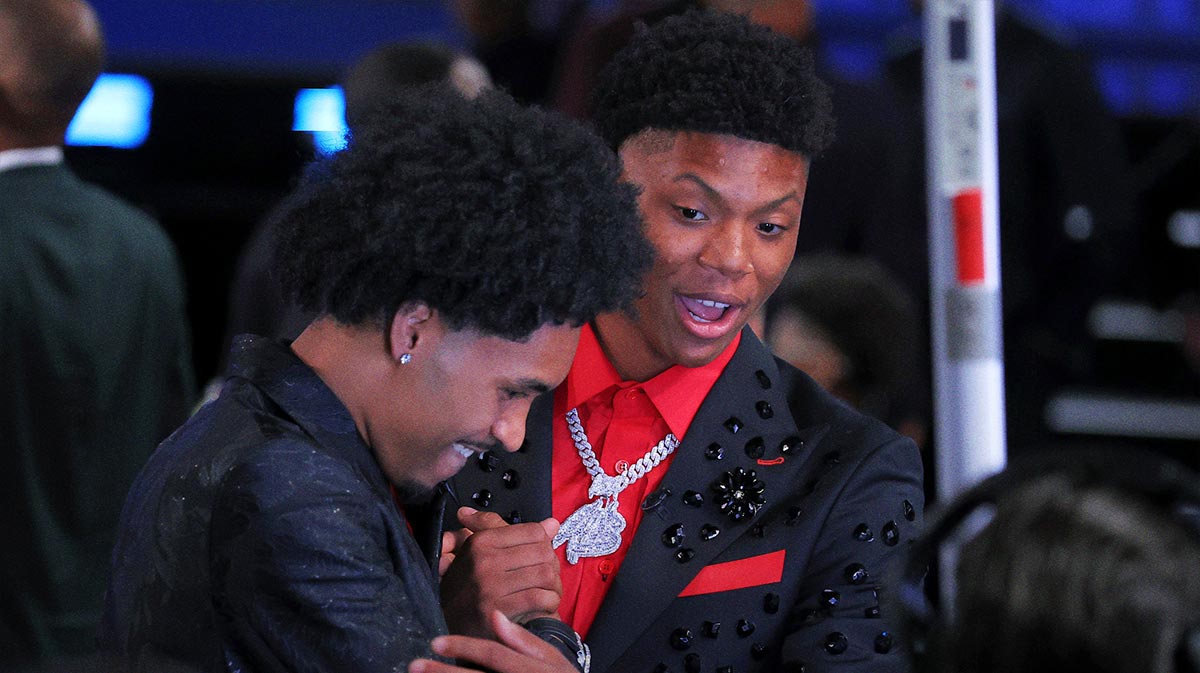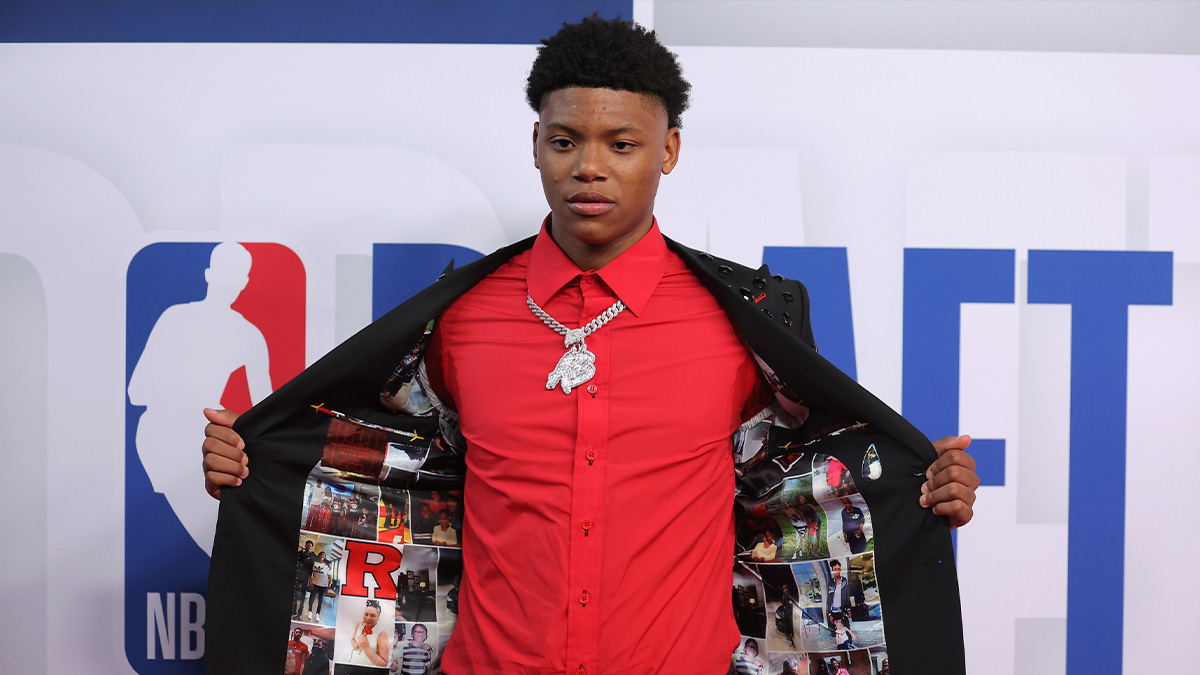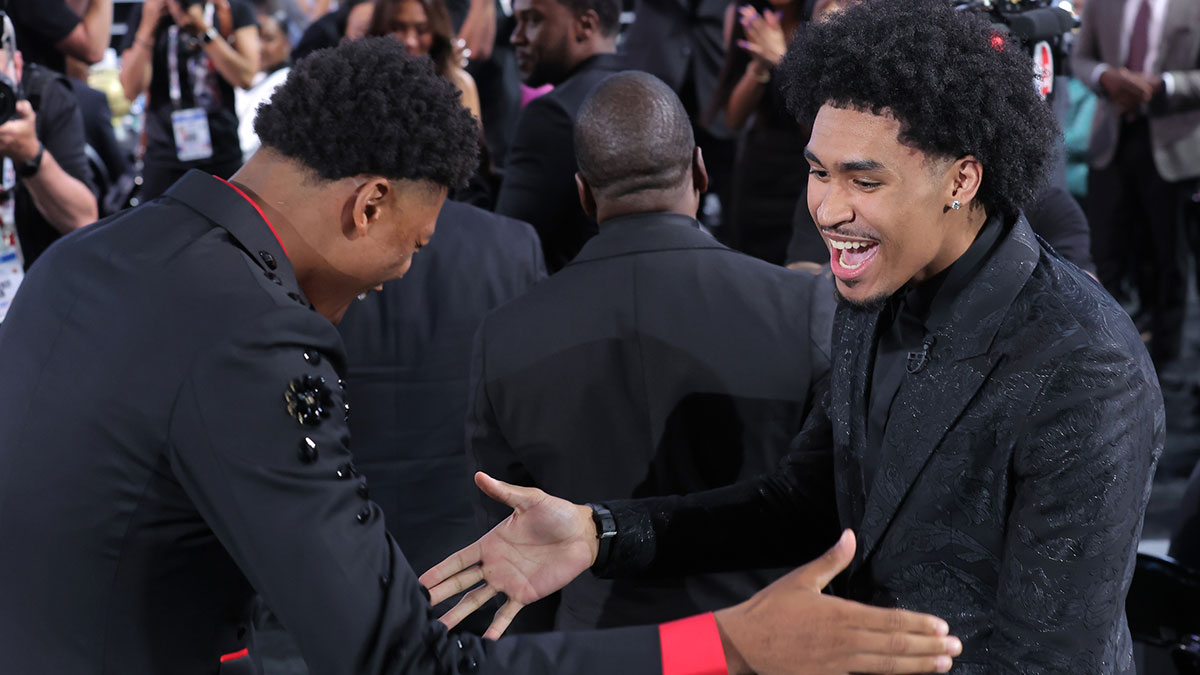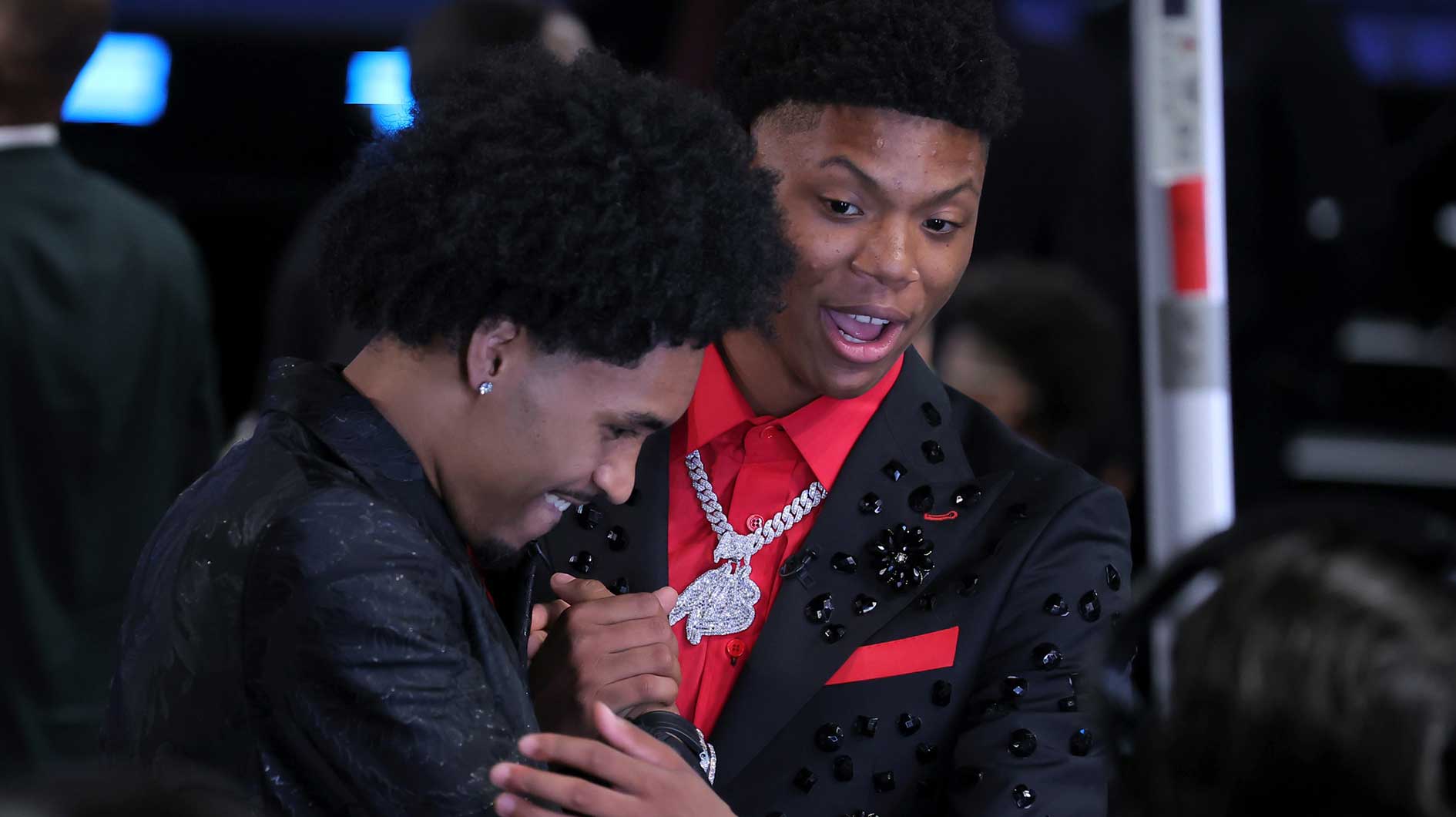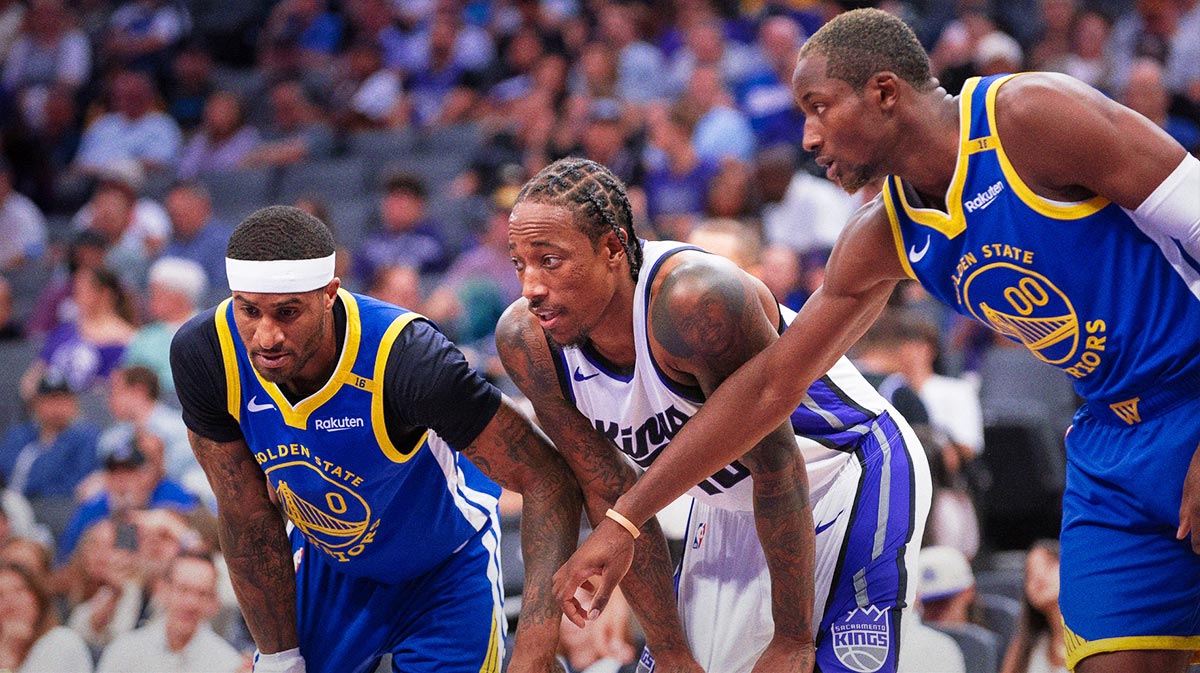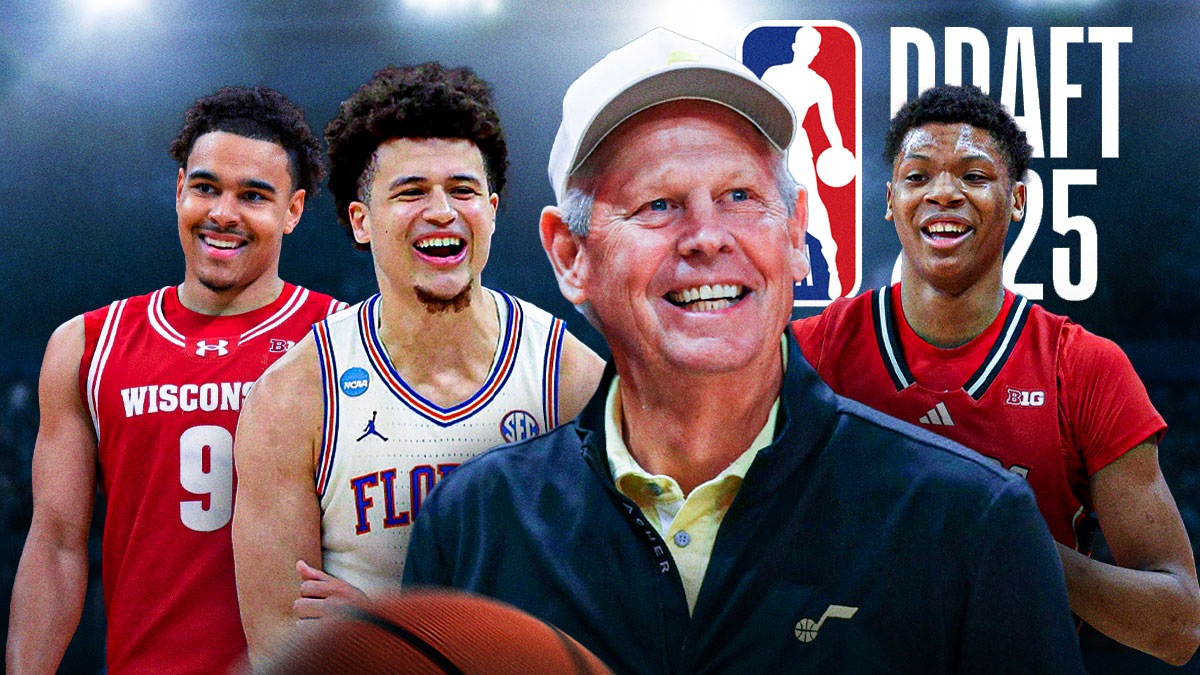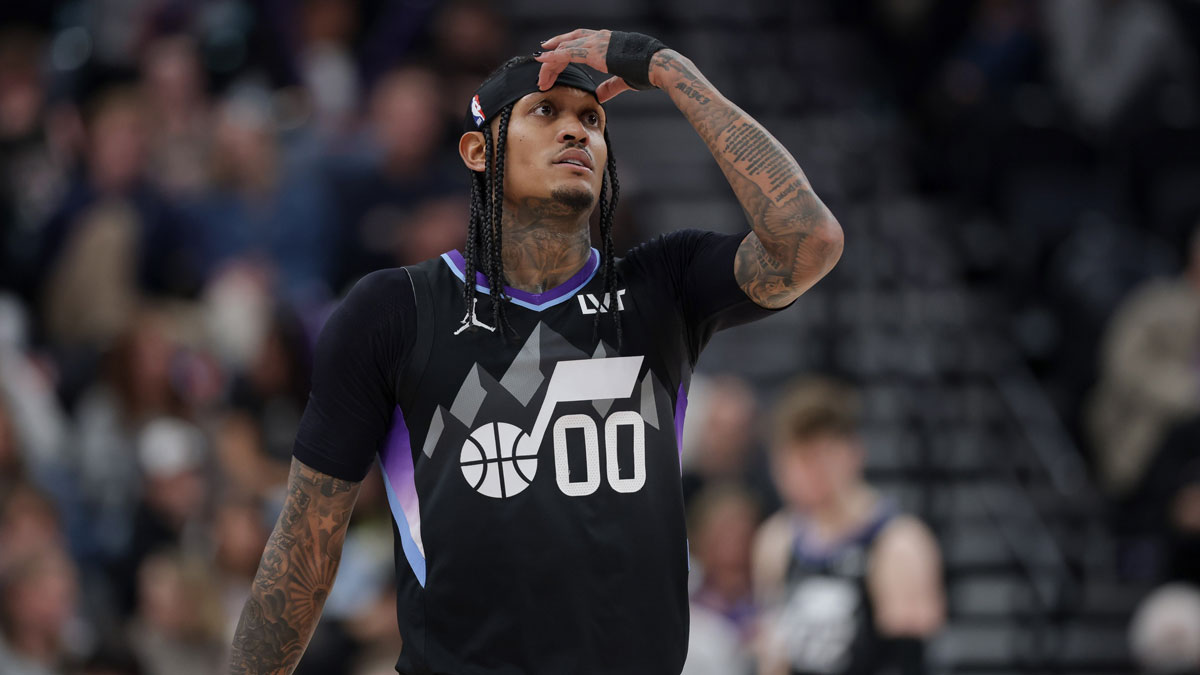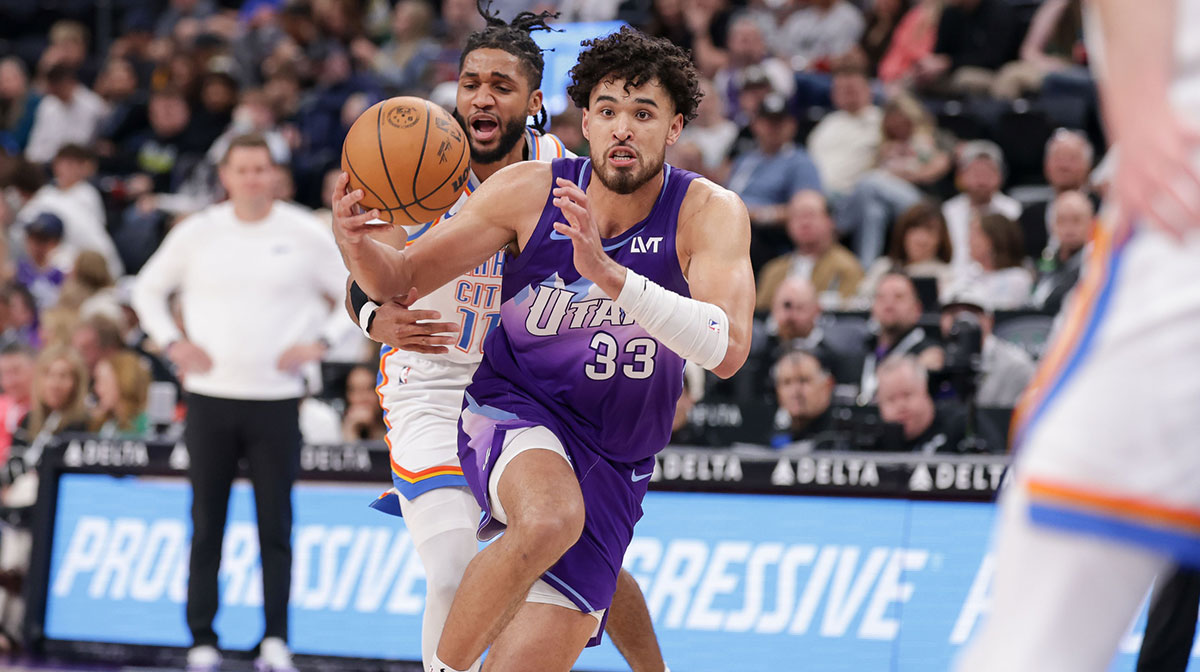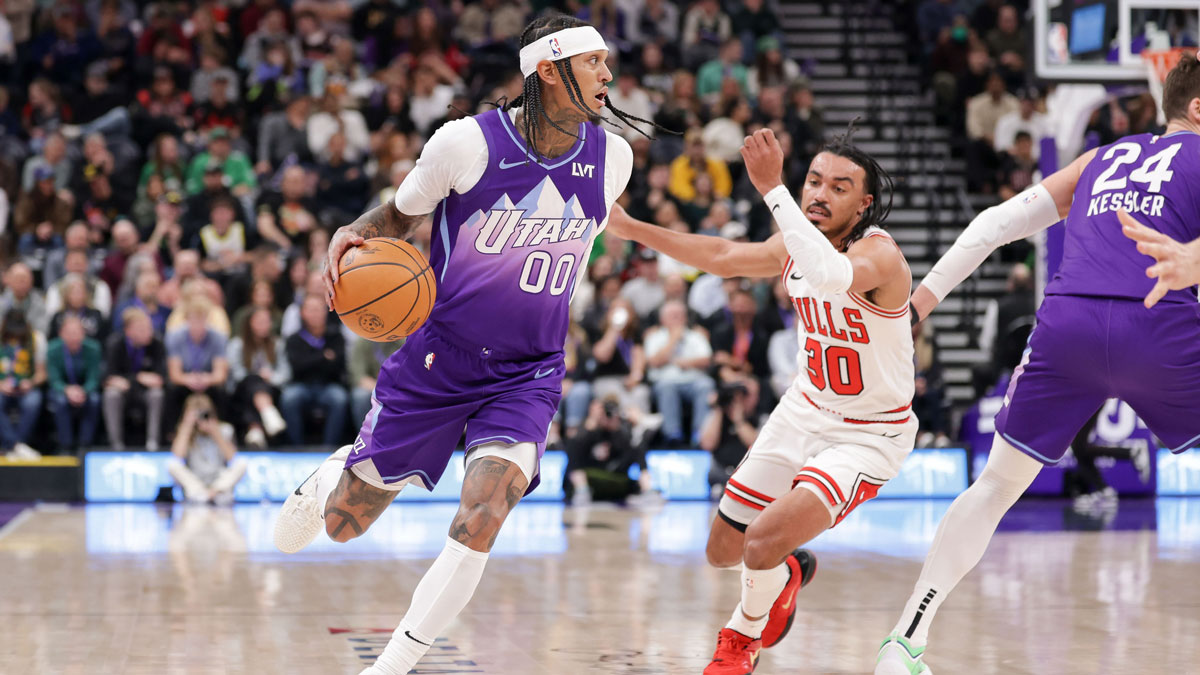When Donovan Mitchell was drafted by the Utah Jazz, the obvious void of the primary creator in Utah — one that went missing when Gordon Hayward shipped off to Boston — became filled. While the rookie ran into a wall of early struggles, he exploded through the rest of the season, narrowly losing the rookie of the year contest to Ben Simmons.
Judging by last year’s first round, one would assume he was on the fast track to stardom, joining the company of James Harden, Klay Thompson, and Victor Oladipo. It was also assumed Utah would bubble to the top of the Western Conference standings based on their blistering 29-6 run to end the regular season and, later, the upset of the Thunder in the first round.
Through one-third of the season, the narrative hasn’t shaped as Mitchell’s efficiency has dipped and Utah stands 15-17 with the seventh worst offense in the league.

The main reason for Mitchell’s dip in efficiency is less spacing to operate, as teams have sunk into the lane and dared the Jazz to bomb away from deep — because they are 23rd in three-point percentage. The best way Utah can space the floor is by fielding fewer lineups including Favors and Gobert. Simply put, that pairing is a spacing disaster.
However, Snyder insists on utilizing the two players in cohesion. Over the last two seasons, combined, Utah’s most common lineup has been one including Favors and Gobert (in fact, 16% of their lineups). This season, the lineup with Crowder-Gobert has a 112 offensive rating while the one with Favors-Gobert has a 100 offensive rating — which would be second-worst in the league compared with other teams.
Even when Jazz coach Snyder plops Favors in the corner-three spot, the forward doesn’t pose a threat to the defense, who collapse into the lane to stifle Mitchell’s intimidating drives:
In the fourth clip of the sequence above, Paul Millsap helps off of Derrick Favors, muting Donovan Mitchell's roar. First, Ricky Rubio tries to thread an overhead pass to the roller, Gobert, but Millsap is able to over-help, rotating deep into the lane. When the ball is popped back to Mitchell, he tries to drive on Jokic — a normally menial task — but Millsap is again planted on helpside, dissuading him from attacking the right side.
Imagine that, for a second, there was a respectable shooter in the corner. Then, Gobert would roll seamlessly into the lane and if not, Mitchell would slither past Jokic to the cup in the second attempt. Either way, Millsap would be glued to the corner, while Mitchell had room to inflict damage.
In the pick and roll, specifically, Mitchell performs like a veteran capable of making multiple reads at a whim. He’s fifth in pick and roll possessions and is enough of a lethal threat — placing in the 66.9 percentile with 0.96 PPP — to warrant defensive attention as he’s driving.
When a player is shot-ready in the corner, Mitchell is capable of whizzing skip passes smack dab into the shooter’s pocket:
https://streamable.com/udbmz
And with four players on the perimeter, Mitchell has the patience and vision to make a “7 pass” in the pick and roll — a swing pass to a player with a better angle to the post-player:
https://streamable.com/dape8
In the first play, Mitchell slows everything down. After Rubio carelessly flipped the ball away to Gerald Green, the second-year guard called for Gobert to back-screen Korver. As a result, he pinned P.J. Tucker between a rock and a hard place by fronting Gobert. More significantly, Gary Clark Jr. isn’t able to help off Crowder, because the latter’s gravity tugs him to the corner three-point position.
While a lineup with Favors slows down the pace to a snail's pace, Mitchell's gifts are maximized when he has the freedom to push the pedal. Here, Mitchell displays his explosive first-step by snaking ball-screens and kicking out to shooters:
https://streamable.com/oeij2
In the third play, Mitchell shows his ability to create for others. First, he sets a horns screen, shallow cuts, and then v-cuts to the top to receive a ball-screen. After, he forces the defense to collapse onto Gobert (as does Gobert’s roll gravity), thus, freeing up Rubio for an open three.
When he isn't creating for others, Mitchell is instilling fear into defenders by creating for himself. One of the ways the Jazz stud does that is by leveraging his footwork and showcasing his spin-cycle moves against burlier defenders:
https://streamable.com/u66kc
When quicker defenders manage to slide with him, “Spida” has the stop-and-go speed to pull up on a dime and splash in mid-range jump shots — third in mid-range shooting percentage for players who take as many attempts. The film shows Mitchell baiting defenders using an array of nifty pump-fakes and up-and-under moves:
https://streamable.com/uxty2
However, with two big men sheathing the lane, there is less room for Mitchell to create for himself or others. The “big lineup” shrinks the floor, allowing helpside defenders to rotate over to not only cover Mitchell’s drives but suffocate spot-up shooters as well. The lineup pairing Favors and Gobert shoots 51%, while the one with Gobert and Crowder shoots a sterling 57%.
What are Utah's options?
Recently, rumors have swirled around of Jabari Parker being a trade deadline option. Snagging Parker would theoretically promote spacing, whereas a lineup with Favors does the opposite. If the Jazz stay put, though, Mitchell will remain as Utah’s first and only creating option.
Utah’s offense — so reliant on unselfishness and ball-movement — starves for Mitchell to keep shooting because no one else will. 40% of Joe Ingles’ points are unassisted and Ricky Rubio, who shoots only 42% on drives, is not a consistent enough shooter to threaten the defense for drives.
In a league trending towards smaller lineups, Utah is an archaic model, who opponents have adjusted to defend. For Donovan Mitchell to reach the second stage of stardom, he needs to be surrounded by teammates who actively space the floor.

